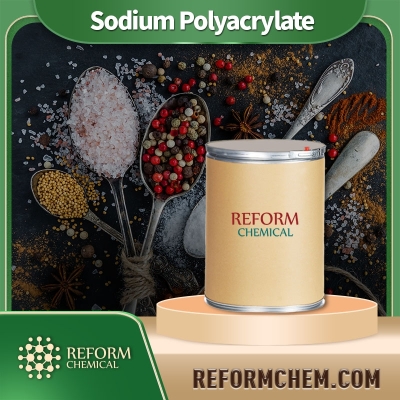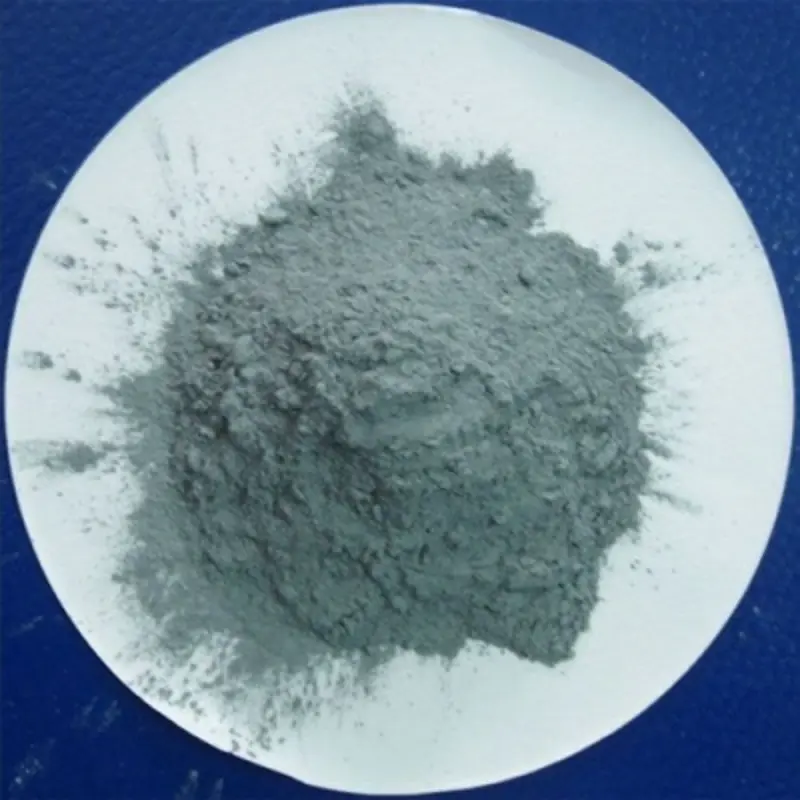-
Categories
-
Pharmaceutical Intermediates
-
Active Pharmaceutical Ingredients
-
Food Additives
- Industrial Coatings
- Agrochemicals
- Dyes and Pigments
- Surfactant
- Flavors and Fragrances
- Chemical Reagents
- Catalyst and Auxiliary
- Natural Products
- Inorganic Chemistry
-
Organic Chemistry
-
Biochemical Engineering
- Analytical Chemistry
-
Cosmetic Ingredient
- Water Treatment Chemical
-
Pharmaceutical Intermediates
Promotion
ECHEMI Mall
Wholesale
Weekly Price
Exhibition
News
-
Trade Service
Lead diacetate trihydrate is a chemical compound that is commonly used in the chemical industry.
It is a lead salt that is used as a catalyst in various chemical reactions.
In this article, we will discuss the upstream and downstream products of lead diacetate trihydrate.
Upstream Products
The upstream products of lead diacetate trihydrate are the raw materials that are used to produce it.
The primary raw material used in the production of lead diacetate trihydrate is lead oxide, which is obtained by the oxidation of lead.
The other raw materials used in the production of lead diacetate trihydrate include acetic anhydride and water.
The production of lead diacetate trihydrate involves a series of chemical reactions that convert the raw materials into the final product.
The reaction is typically carried out in the presence of an acid catalyst, such as sulfuric acid or hydrochloric acid.
The reaction involves the reaction of lead oxide with acetic anhydride to form a lead diacetate, which is then treated with water to form lead diacetate trihydrate.
Downstream Products
The downstream products of lead diacetate trihydrate are the products that are derived from the final product.
The primary downstream product of lead diacetate trihydrate is tetraethyl lead, which is an important raw material in the production of gasoline.
Tetraethyl lead is used as an antiknock agent in gasoline, which helps to improve the performance of engines.
In addition to tetraethyl lead, lead diacetate trihydrate can also be used to produce other lead compounds, such as lead sulfate, lead nitrate, and lead carbonate.
These compounds are used in a variety of applications, including the production of batteries, pigments, and ceramics.
Applications
Lead diacetate trihydrate is used in a variety of applications in the chemical industry.
It is primarily used as a catalyst in chemical reactions, such as the production of tetraethyl lead.
It is also used as an intermediate in the production of other lead compounds, such as lead sulfate, lead nitrate, and lead carbonate.
In addition to its use as a catalyst and intermediate, lead diacetate trihydrate is also used in the production of batteries, pigments, and ceramics.
The high reactivity of lead diacetate trihydrate makes it an ideal catalyst for a variety of chemical reactions, and its ability to form complexes with other metal ions makes it a useful intermediate in the production of other lead compounds.
Conclusion
Lead diacetate trihydrate is an important chemical compound that is used in the production of tetraethyl lead and other lead compounds.
It is produced through a series of chemical reactions that involve the conversion of lead oxide and acetic anhydride into lead diacetate, which is then treated with water to form lead diacetate trihydrate.
The high reactivity of lead diacetate trihydrate makes it an ideal catalyst for a variety of chemical reactions, and its ability to form complexes with other metal ions makes it a useful intermediate in the production of other lead compounds.




![Aluminum, [(2E)-2-butenedioato(2-)-κO1]hydroxy- Al-Fum](https://file.echemi.com/fileManage/upload/goodpicture/20230919/ibrutinib-high-quality_b20230919163357076.jpg)


